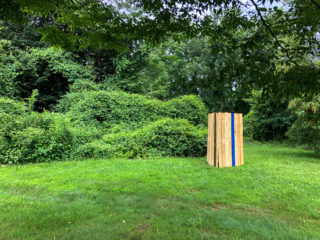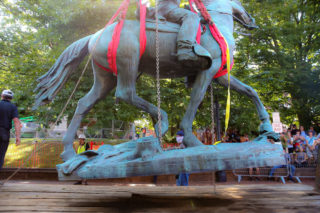
For the first time ever yesterday, a Brooklyn jury ruled that graffiti—despite its ephemeral nature—can be considered art of “recognized stature” and that the 5Pointz developer broke the law when he whitewashed two decades years of street art history in 2013.
The debate over whether the Visual Artist Rights Act (VARA) can be applied to street art and graffiti has waged on since the law was enacted in 1990, and yesterday’s decision was a landmark victory in validating the protection of free expression in public spaces. Intended to protect artists’ works from being coopted or destroyed, VARA only apples to artwork that has been determined to be of “recognized stature,” a level graffiti hadn’t legally risen to until yesterday.

The destruction of 5Pointz was especially harsh for three reasons:
- Owner and developer Jerry Wolkoff gave artists permission to paint there in 1993.
- The walls were whitewashed in 2013 in the dead of night with no advance notice, even though the building was coming down anyway.
- And the new luxury condos replacing 5Pointz is “street art themed“—a cold, corporate-approved version of the expressive ecosystem it replaced. While the developers insist this “pays homage to the site’s past,” the artists see it as another example of big money profiting off them with impunity.
When the artists tried to save their work by filing a lawsuit, a Brooklyn judge wouldn’t issue an injunction to stop the demolition of the building, but said the artists could sue for damages over the destruction of their work. It’s that suit for damages that the Brooklyn jury ruled on yesterday after three weeks of testimony. And although it’s certainly a win, the jury’s verdict is merely a recommendation to District Judge Frederick Block who will ultimately issue a final decision on the case.




